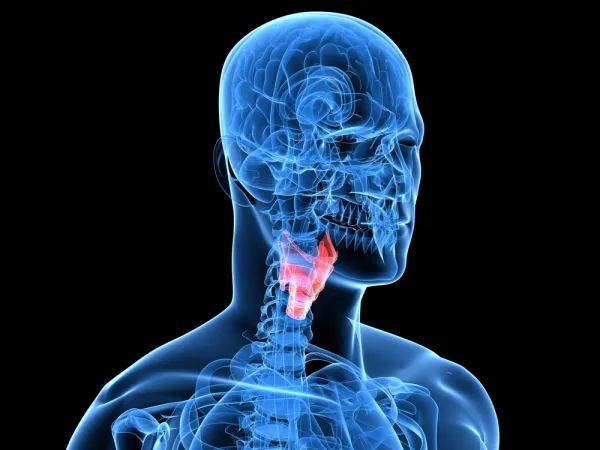Internal Medicine Coding Alert
Choose This Code for Care Conclusion

Question: A patient we have been treating for a severe case of eczema came back to our practice for a follow-up appointment. Our provider determined that the treatment had been effective and that the condition had cleared up. However, the physician also made another appointment to make sure that the condition had fully resolved and that there were no problems with the side effects of using the topical steroid. Should we use an encounter code to show that the treatment had been completed at this recent appointment, or should we wait until the next appointment before reporting the treatment's completion? Oregon Subscriber Answer: The answer to your question lies in the reason for patient's most recent visit. At this visit, your provider is still treating your patient for the condition even though the physician has reported that the condition has now ended. So, you would continue to code the diagnoses - in this case using a code from the dermatitis and eczema (L20-L30) series, such as L30.9 (Dermatitis, unspecified) - even though your provider determined that the eczema had cleared up. It would only be at the next visit that you would document the completion of the treatment by using Z09 (Encounter for follow-up examination after completed treatment for conditions other than malignant neoplasm), as the purpose of the visit has changed. Your patient is no longer coming in for treatment and is now confirming the end of the condition and the completion of the treatment with your provider. Once you code Z09, however, you must also follow the ICD-10-CM guidelines that accompany that code, and report "any additional code to identify any applicable history of disease code (Z86.-. Z87.-)." In this case, this would mean documenting Z87.2 (Personal history of diseases of the skin and subcutaneous tissue).
Related Articles
Internal Medicine Coding Alert
- Procedure Coding:
Put Your Finger on These Trigger Point Injection Codes
Do this, but don't do that, for straightforward TPI reporting. Trigger point injections (TPIs) may [...] - ICD-10 Coding:
Four Simple Steps for Coding Abdominal Pain Without Dx
R codes key when only symptoms are known. Sometimes a patient's symptoms don't add up. [...] - Clip and Save:
Know These Words, Know Migraine Coding
Let this handy glossary guide you to pain-free documentation. "It is easy to get lost [...] - You Be the Coder:
Look to Age to Code This Alzheimer's Encounter Correctly
Question: If our provider diagnoses a patient with Alzheimer's disease, can I use the patient's age [...] - Reader Question:
Use This NPI in This Incident-to Scenario
Question: Our nurse practitioner (NP) is often called upon to provide services to our patient. What [...] - Reader Question:
Claim Repeat I&D Within Global with These Modifiers
Question: Our physician recently performed an incision and drainage (I&D) of a complicated abscess. After four [...] - Reader Question:
Choose This Code for Care Conclusion
Question: A patient we have been treating for a severe case of eczema came back to [...]




